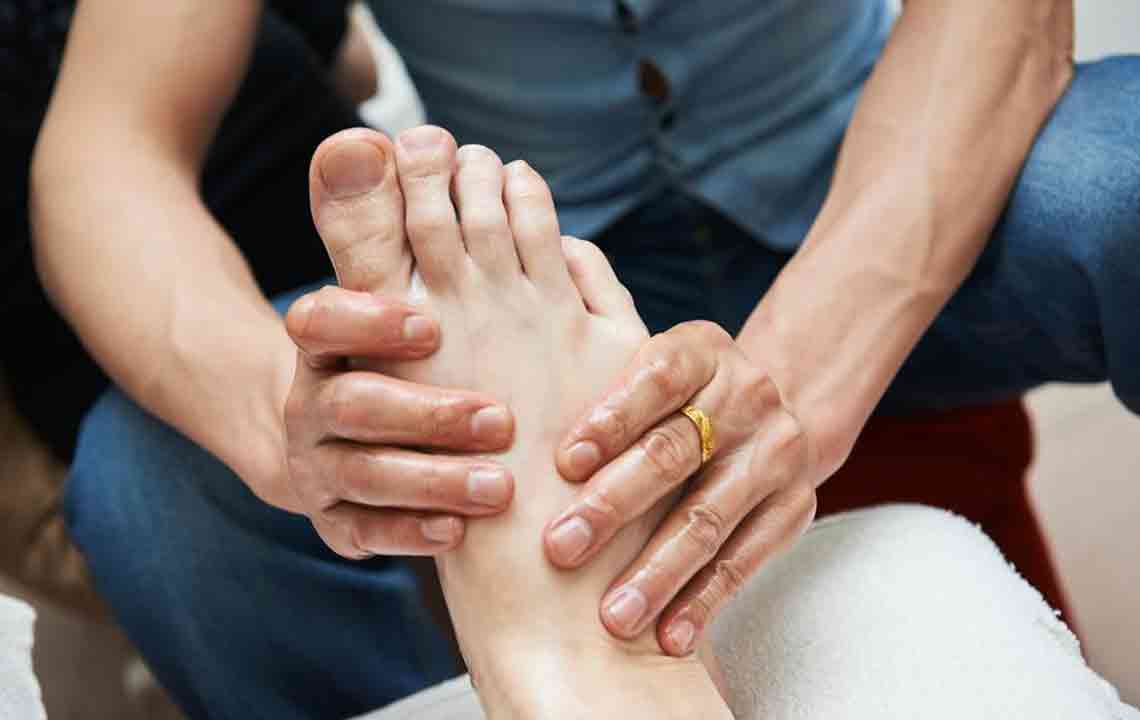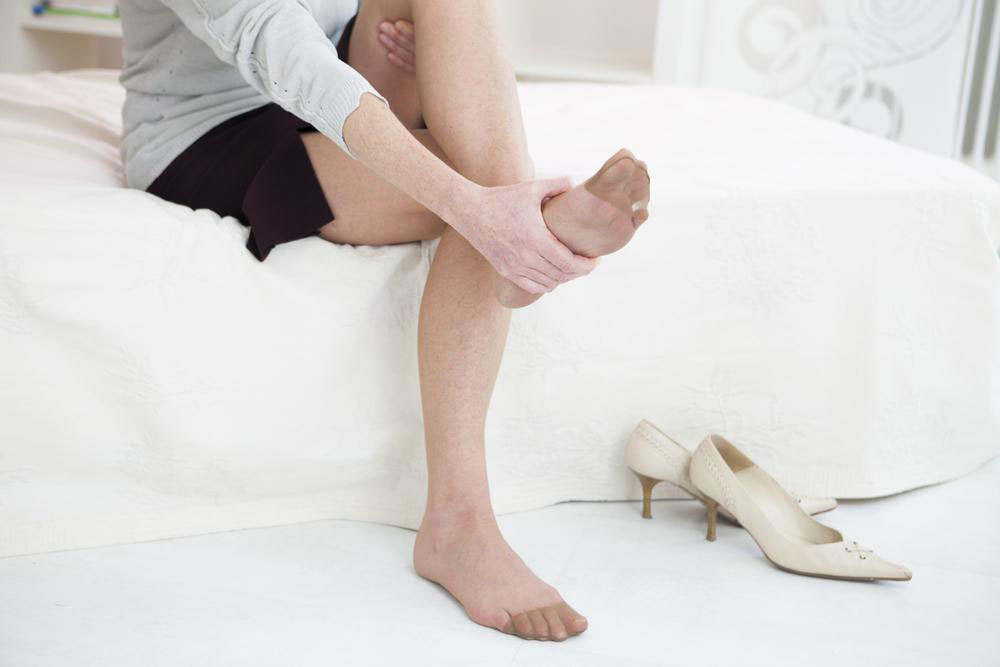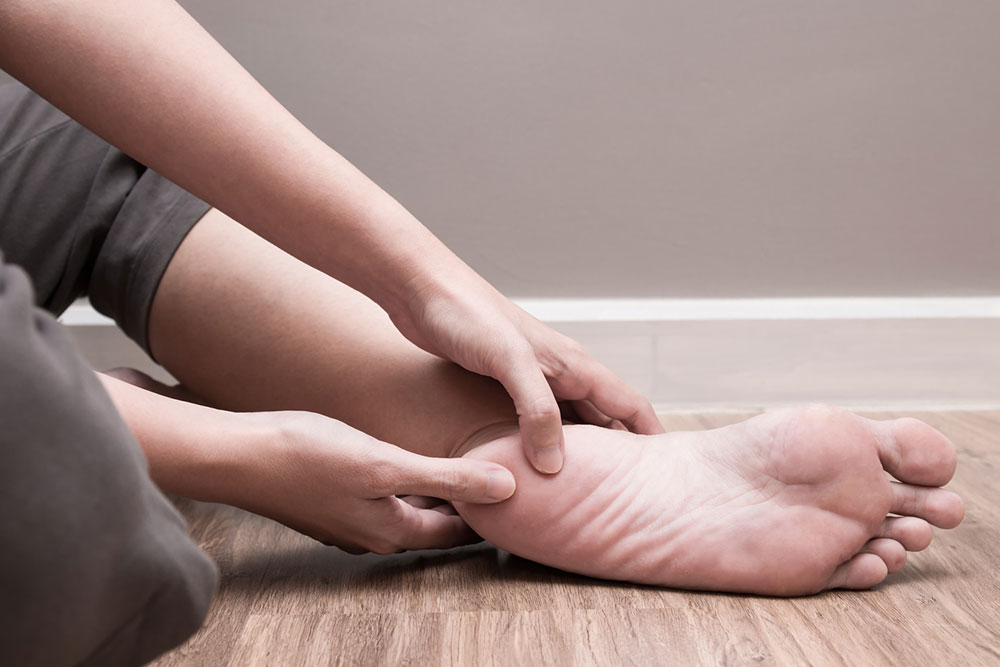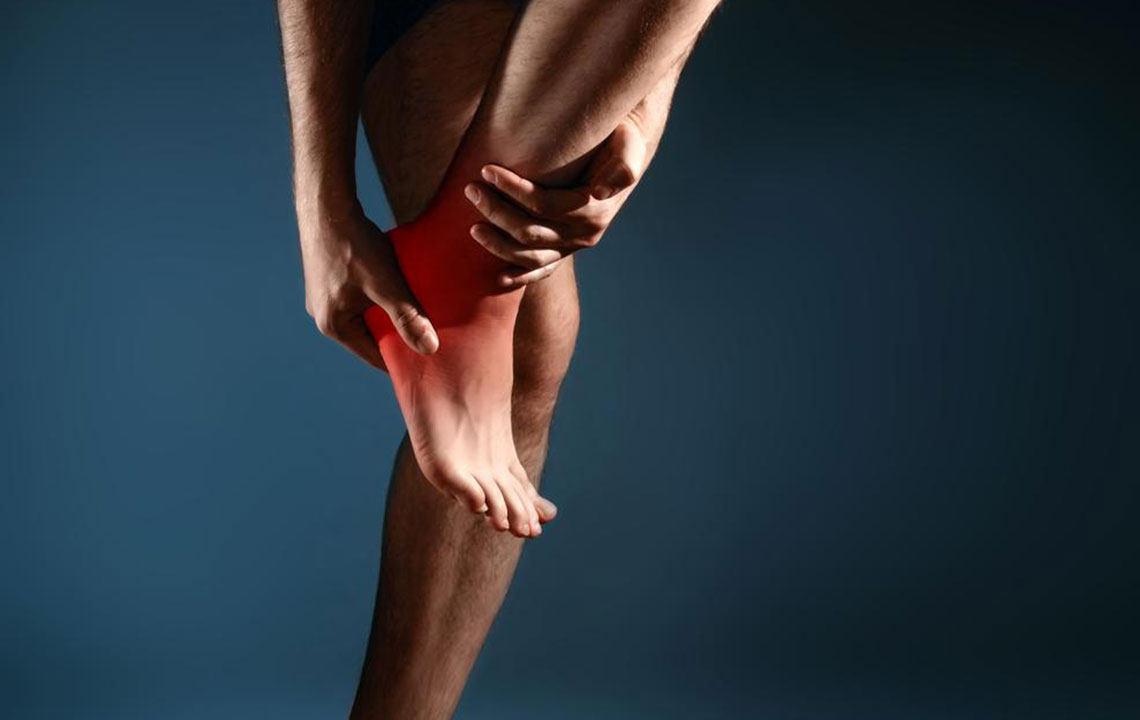Common Causes and Effective Solutions for Foot Discomfort
Discover the main causes of foot discomfort and learn practical solutions to alleviate pain. This comprehensive guide covers conditions like plantar fasciitis, arthritis, tendinitis, and nerve-related issues, providing insights into treatment options and preventive tips for healthy feet. Whether dealing with chronic pain or sudden discomfort, understanding these factors helps you make informed decisions for foot health.
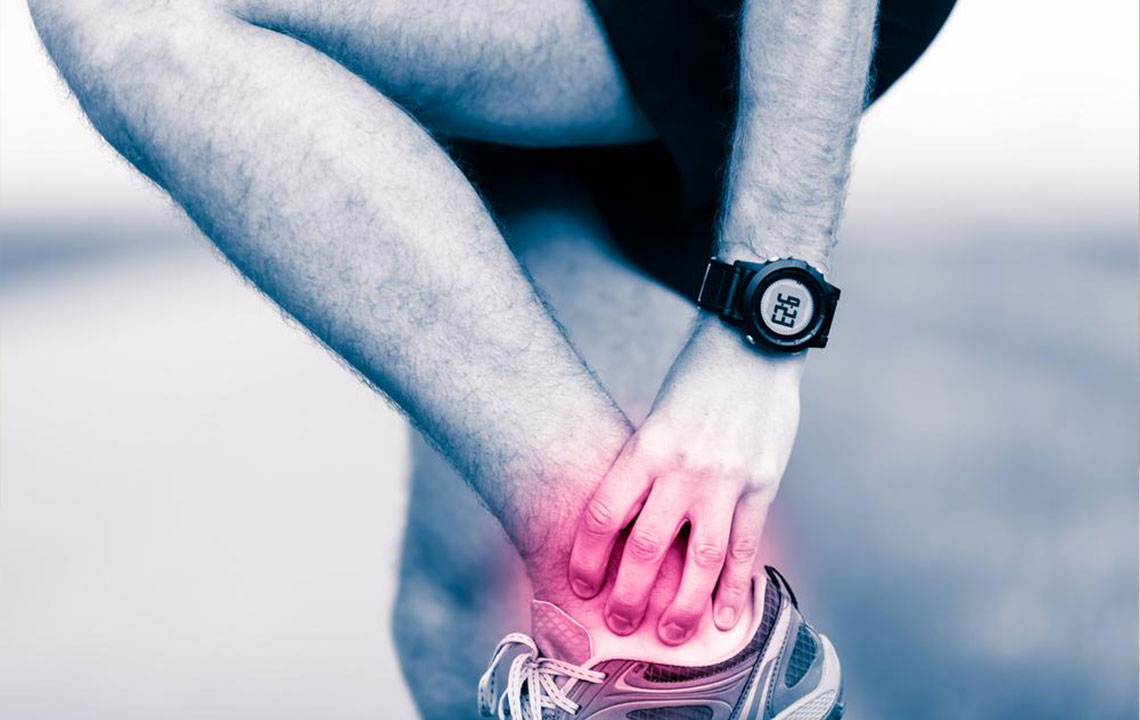
Understanding the Main Causes of Foot Discomfort and Practical Ways to Alleviate Them
Foot discomfort is a common issue that affects people of all ages, and it can significantly impact daily life and mobility. Surprisingly, many cases of foot pain are linked to broader health conditions or external factors such as footwear choices. Recognizing the underlying causes of foot discomfort is essential for effective treatment and prevention. In this comprehensive guide, we will explore the most prevalent reasons behind foot pain, discuss how these issues relate to overall health, and provide practical solutions to soothe and prevent foot discomfort.
Foot pain is often misunderstood or underestimated, yet it can be a symptom of underlying issues that extend beyond the foot itself. For example, problems in the lower back can radiate pain downward into the feet, creating a complex web of symptoms that require careful diagnosis. Proper understanding of foot anatomy, combined with awareness of systemic health conditions, can help you take the right steps toward relief.
Why Do Feet Hurt? Common Culprits Behind Foot Discomfort
Lumbar Spinal Stenosis
This condition involves narrowing of the spinal canal in the lower back, which compresses the nerves that extend into the legs and feet. Individuals with lumbar spinal stenosis often experience tingling, weakness, numbness, or a burning sensation in their feet and legs. This condition is more common in older adults and can be exacerbated by activities such as walking or standing. Treatment options range from physical therapy focused on strengthening and stretching the lower back and legs to surgical interventions that decompress the affected nerves to relieve symptoms.
Spondylolisthesis
This is a spinal disorder where one vertebra slips forward over the vertebra beneath it, leading to misalignment and nerve compression. Such a misalignment can stretch or pinch nerves that supply the feet, resulting in pain, numbness, or weakness. Managing spondylolisthesis may involve physical therapy, pain management, or surgical procedures like spinal fusion to stabilize the vertebral structures.
Plantar Fasciitis
The plantar fascia is a thick band of tissue running across the bottom of the foot, supporting the arch. When repetitive stress or excessive pressure on this ligament occurs, it can become inflamed, leading to plantar fasciitis. The hallmark symptom is stabbing heel pain that is often worse in the morning or after long periods of standing. Treatment strategies include rest, ice application, stretching exercises, orthotic insoles, anti-inflammatory medications, and in some cases, corticosteroid injections or physical therapy.
Tendinitis
Inflammation of tendons in the foot and ankle area frequently results from overuse, repetitive motions, or sudden increases in activity levels. Tendinitis can cause localized tenderness, swelling, and difficulty moving the affected joint. Rest is essential, along with ice packs, compression, and elevation. Physical therapy can help restore flexibility and strength, and in persistent cases, anti-inflammatory medications may be recommended.
Sprains and Strains
Engaging in sports or physical activities increases the risk of ankle sprains or muscle strains. Sprains occur when ligaments are overstretched or torn, while strains involve muscle fibers. Symptoms include pain, swelling, bruising, and difficulty bearing weight. Immediate management includes the R.I.C.E. method (Rest, Ice, Compression, Elevation), and physical therapy can aid in recovery and restore function.
Arthritis
Various forms of arthritis, especially osteoarthritis and rheumatoid arthritis, can affect the joints of the foot, causing pain, stiffness, swelling, and deformity over time. While arthritis is incurable, symptoms can be managed through medications, lifestyle modifications, and physical therapy. Using supportive footwear and orthotics can also alleviate joint stress.
Fibromyalgia
This chronic disorder manifests as widespread muscle pain, fatigue, and tenderness, often including the feet. The condition can also cause sleep disturbances and emotional distress. Management strategies include medication, exercise, stress reduction techniques, and lifestyle adjustments to reduce symptom severity.
Inappropriate Footwear
Wearing poorly fitting shoes, high heels, or shoes lacking proper arch support can lead to various foot problems such as blisters, calluses, bunions, corns, and joint irritation. Over time, wearing unsuitable footwear can contribute to structural deformities and chronic foot pain. Choosing comfortable, supportive shoes and avoiding extreme heel heights are key preventive measures.
When to Seek Medical Help for Foot Pain
If foot discomfort persists beyond a few days, worsens over time, or is accompanied by symptoms such as skin discoloration, persistent tenderness, swelling, or difficulty moving, consulting a healthcare professional is critical. Diagnostic tools like X-rays, MRI scans, or nerve conduction studies can help pinpoint the root cause of the pain. Accurate diagnosis allows for targeted treatment, which may include medication, physical therapy, or surgical intervention.
In addition to medical treatments, simple home remedies can provide relief for minor discomfort. Applying hot or cold packs can reduce inflammation and soothe aching tissues. Wearing supportive shoes, using cushions or orthotic inserts, and avoiding activities that exacerbate pain can offer immediate relief. Resting your feet and gradually resuming activity as tolerated can prevent further injury. Regularly replacing sports shoes and maintaining good foot hygiene are also essential preventive strategies.
Preventative Tips to Keep Your Feet Healthy
Wear properly fitting shoes that support the arch and cushion the heel.
Avoid walking barefoot on hard or uneven surfaces to prevent injuries.
Maintain a healthy weight to reduce stress on the feet and ankles.
Stretch and strengthen foot muscles regularly to improve flexibility and support.
Address foot issues promptly before they worsen into chronic problems.
Healthy feet are vital for overall mobility and well-being. By understanding the common causes of foot discomfort and implementing effective preventive and treatment strategies, you can enjoy pain-free movement and a better quality of life.
